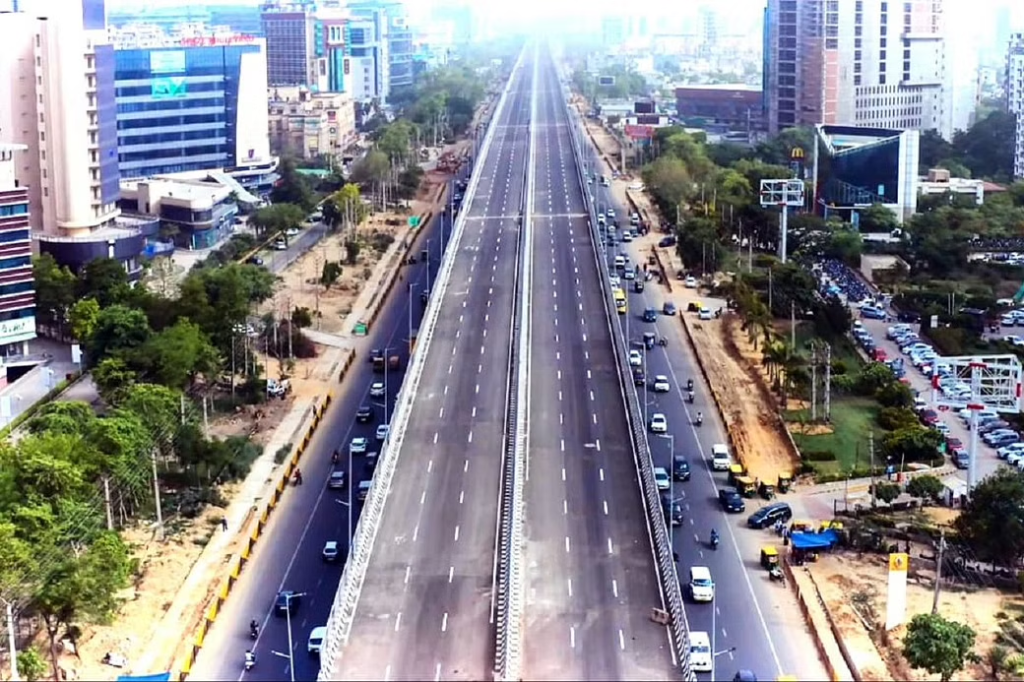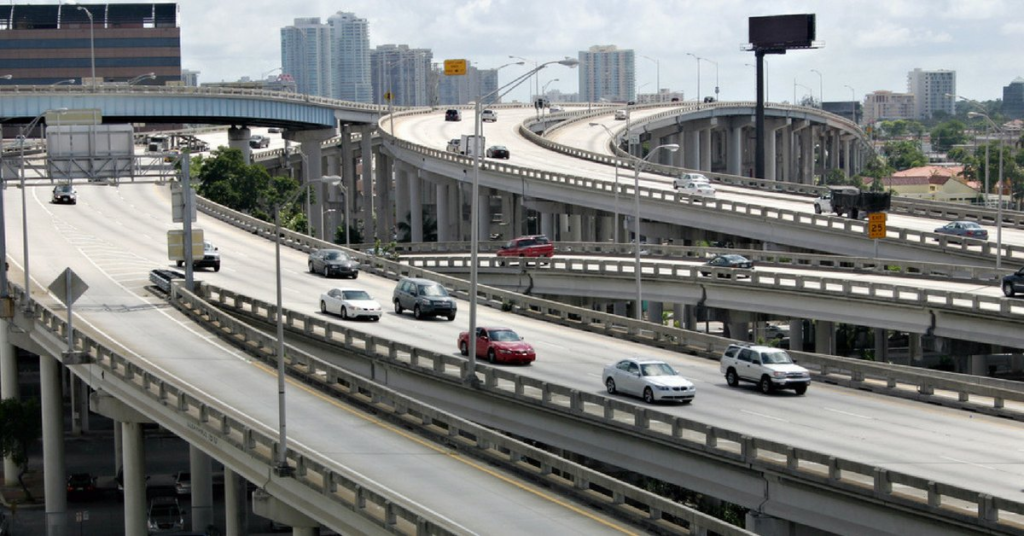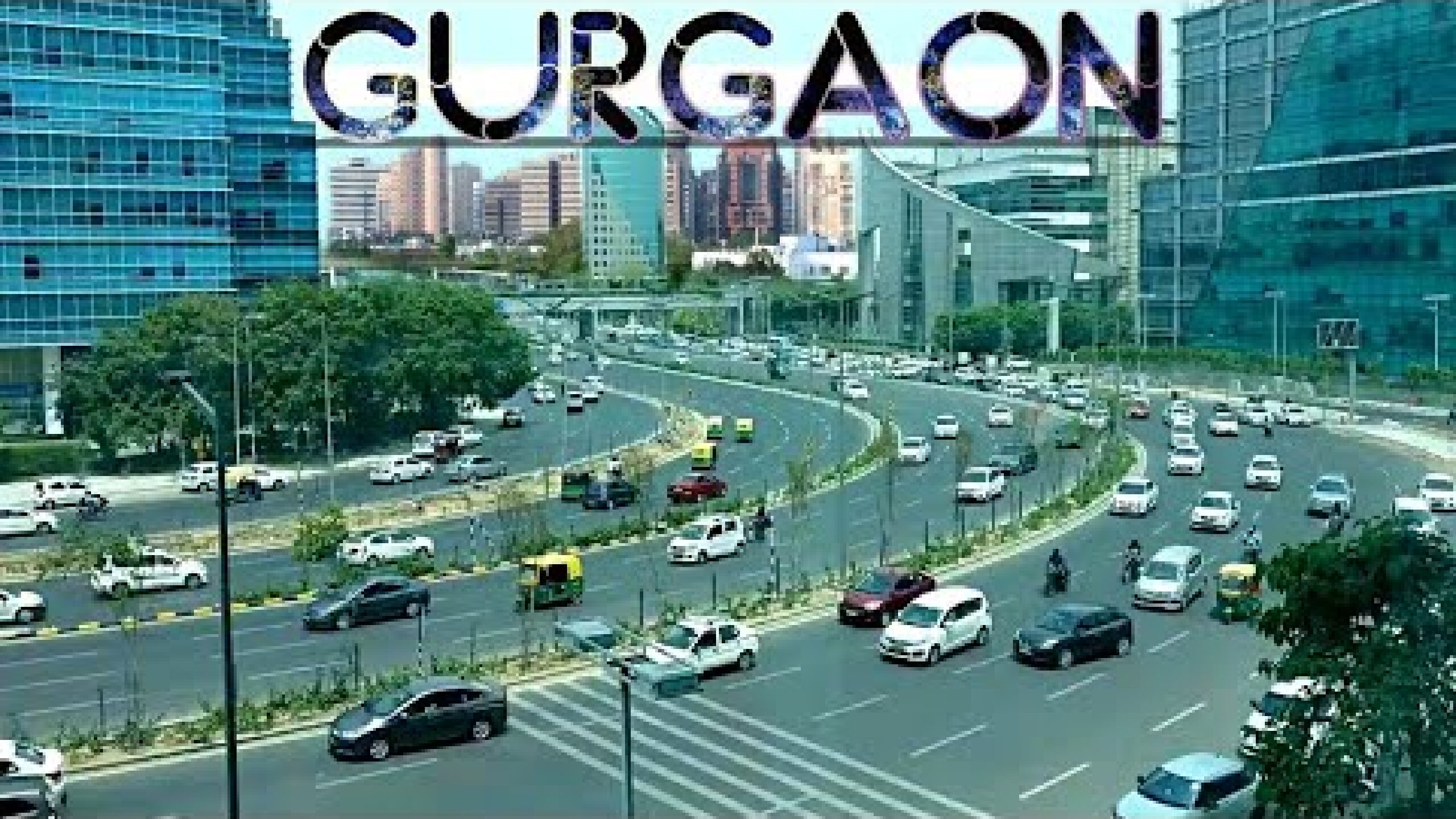Sunday Musings by Shekhar Nambiar
Gurugram has developed into a teeming, bustling and thriving city. The city is no longer Delhi’s satellite, although for whatever purpose, it is still classified as being part of the National Capital Region, or NCR, along with Faridabad, Ghaziabad, Noida and Meerut.
Also read: Megacity Mumbai as I recall
Administratively, NCR helps to build contiguous territories, and knit them all together as a whole. It makes sense to develop a cluster of cities and towns, to not only reduce the burden on Delhi but also give a shot in the arm to the economy. Benefits have included the Delhi Metro extending into Faridabad, Gurugram, Noida and Ghaziabad. The first of inter-city Regional Rapid Transit Systems, to be ready in early 2023, will link Delhi and Meerut. Two more such semi-high speed rapid transit systems will come up as part of plans for phase 1. All these should help ease congestion and reduce the carbon footprint in the fast-developing metros around Delhi.
Also read: Why oh why do I love Kochi!

First settlers in the new city
Gurgaon owes much of what it is today to Delhi. So, viewed in that sense, it really is Delhi’s twin city. The people who make today’s Gurugram are largely Delhiwallas – people who moved to the burgeoning city from GK, Rajouri Garden, Janakpuri and elsewhere. Paradoxical though it may seem, residents moved to gated communities in neighbouring Gurgaon to escape Delhi’s once considered upmarket, congested localities with inadequate parking and other facilities. Their adopted city, sadly, has not kept its promise.
Also read: Road to a carbon-free future
Global and Indian companies operating here include banks and financial majors, back-office operations, giant IT and software developers, services and industrial consultants, law firms, and MNCs of myriad hues and sizes. Offices range from individual rented space to business centres and co-working facilities. The hiring of work spaces is a massive business in itself. There’s perhaps no other city in India that looks swankier and more modern than the new face of Gurugram. Offices are not mere high rises. They are smart buildings – energy efficient and with unobtrusive security and other systems.
Also read: Flying high, higher

Despite the presence of some of the world’s top brands and companies, civic amenities in the city have been found wanting, among them lack of uninterrupted power and badly maintained roads.
History of flooding
During heavy rains, the city administration is at its wit’s end trying to set things right –among them restore power supply and flooded areas and the choked roads back to normal.
Before present-day Gurugram was born, the region used to be vast fields, partly cultivable and flat land that flooded during the rainy season, flood waters gushing down the hilly Aravalli ranges in torrents and flowing into the Najafgarh drain farther north to empty out in the Yamuna, flooding large swathes of land. So, the flooding of the city ought not come as a surprise but proper planning, adequate storm water drains, cleaned and maintained, can all help rainwater drain away naturally, to a great extent.
Also read: Standing the test of time

The elevated national highway, neatly bisecting the city into two almost distinct halves, is often thought of as a boon. But during the recent farmers’ protests the highway got blocked, leading to huge pile-ups across the city that cascaded to several parts of Delhi.
Gurugram has some lovely eating places in equally exciting settings and markets such as the DLF phase 4 Galleria. Cyber hub in Cyber City, Phase 2 offers the choicest options in some extraordinary restaurants for fine dining. During lunchtime or later in the day, the place is throbbing with diners, conveniently connected as the place is to some fab workplaces and offices.
Today’s Gurgaon is no longer a township. It has evolved itself from being a mere appendage to Delhi. Offices and workplaces here can rival those in developed countries.
Also read: Ode to the GP

A slice of history
The city’s transformation began in 1981 with Maruti Suzuki, then Maruti Udyog Ltd, and whose first plant came up just across the Delhi border at Kapashera. Those days the old highway stretched from what was then Rajokri Mor to close to the two air force units located ahead of the Jaipur bypass that roughly constitutes today’s IFFCO Chowk on the elevated Delhi-Jaipur-Mumbai highway NH 8. The highway had poultry farms and small industrial units lined on both sides. With Maruti came several new ancillary manufacturing units and thus began the saga of Gurgaon.
Delhi residents recall rushing to Gurgaon, a little more than a village then, to see a flick or two, the Rishi Kapoor starrer ‘Bobby’ being one. For whatever reason, due probably to distribution rights’ issues, Hindi films those days premiered in Gurgaon and Ghaziabad first. And distributors and theatre owners made an extra buck or two from movie-crazy Delhiwallas in the process. Gurgaon had a sleepy railway station on the Delhi-Jaipur metre-gauge section. Yet another attraction that old Gurgaon town offered were hot samosas and jalebis.

Also read: Simla of my dreams
Gurgaon is equally famous for the hotsprings at Sohna on the Aravalli foothills on the old road to Alwar. Sohna also used to be a favourite haunt for conferences and as a weekend resort retreat. Today, the Sohna-Gurugram road hosts private universities on the ridge. Nearby, Bondsi village became famous because of the former Prime Minister, Chandrashekhar’s farm.
Competition from across border
Delhi’s newly developed suburbs, Dwarka ‘subcity’ and other localities have a symbiotic relationship with Gurgaon. Let’s face it, one cannot exist without the other. A lot many working professionals prefer to be close to Gurgaon, yet live in Delhi. The two are twins but not conjoined.
Also read: The wheel has come full circle
Gurugram shares with Delhi the Indira Gandhi International Airport with its three terminals. The new approaches to the airport and beyond, now in advanced stages of completion, through the much-touted Dwarka Expressway – complete with tunnels, underpasses and elevated stretches – would ease congestion and improve living conditions, particularly for Gurgaon and Dwarka residents.

A huge convention and international expo centre, the foundation stone for which was laid by Prime Minister Narendra Modi in Dwarka, will serve the two cities. Both cities – including in Dwarka and Gurugram and close to Delhi airport – have several new hotels, significantly enhancing room nights. Once fully ready, the Dwarka Expressway will let traffic from Gurgaon proceed towards Ambala and beyond, skirting Delhi. This should help greatly ease traffic congestion all across.
Dwarka will soon have Delhi’s second diplomatic enclave, and together with other developments, it will complement Gurugram. With new mega shopping malls, high-end restaurants offering world cuisine and its three metro rail networks, who knows Dwarka may be poised to give Gurgaon a run for its money.
Easy movement for transportation of goods and people is an indicator of good infrastructure services and the health of the economy of a nation. India can be seen as getting there with highways and allied infrastructure development progressing even beyond the golden quadrilateral.
Also read: Tellicherry on my mind




